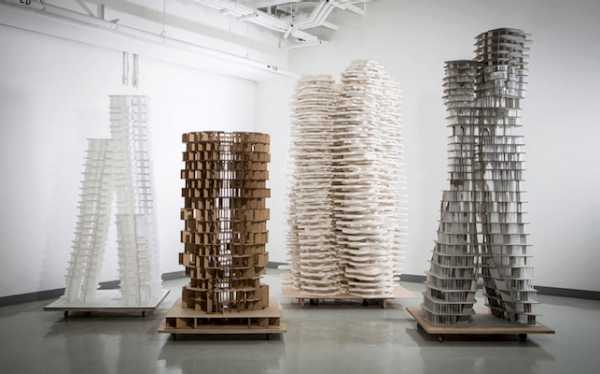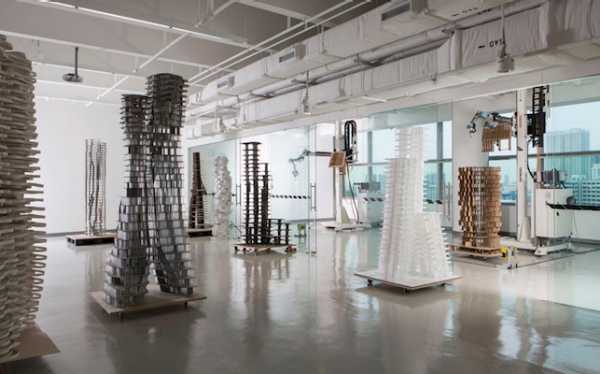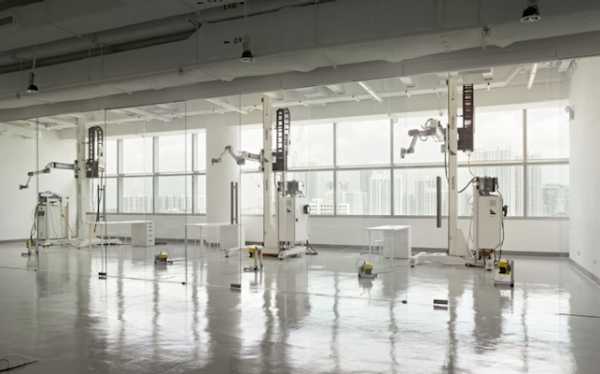Architecture and Digital Fabrication
Investigation on how robotic fabrication processes can directly inform the design and construction of high rise buildings
Recent developments in the fields of computer-aided architectural design and robotic fabrication have opened the potential for a seamless connection between design and fabrication data. These advances in technology, especially in robotic fabrication, offer high precision and differentiation in building production without necessarily implicating greater expenditure of labour and materials. Despite these potentials, very few automated building processes have been realised to date. A failure caused by the mismatch between economy and the highly specialised nature of the robotic technology, which has left little space for variation and adaptation in the contexts in which they have been deployed.
Against this background, this module identifies the potential of robotic fabrication on a conceptual and technical level, investigates its impact on contemporary design of highrise buildings, and develops suitable construction processes. It does so in the urban context of Singapore, which is characterised by the extensive demand for high rise housing, while paying special attention to the local sites and specific constructional parameters in which these techniques are deployed.
The goal is not to automate the complete building process. Rather, the module has been carefully developing specific design and construction logics in relation to Singapore’s housing programme, and has identified the points at which a robotic intervention makes sense. This allows the module to develop new highrise building typologies, offer insights into the production of formal variety and differentiation in generic urban conditions, and test the integration of robotic tecnhnologies into design and fabrication of key aspects of housing projects in Singapore.
The research of the module is structured around the three topics of 'computational design', 'robotic fabrication', and 'material and constructive systems', which are closely linked to a design studio running in parallel which engages master’s students from both ETH and NUS. While the design studio explores the potential of robotic fabrication for the design of highrise housing typologies following a speculative methodology which gets empirically implemented via robotically built scale models; PhD students investigate novel constructive and computational solutions suited for robotic fabrication at real architectural scale.
These research projects, run with the support of industry partners, focus on the development of a robotically fabricated formwork system (for which a patent submission has been recently filed), the implementation of a software framework for the integration of robotic fabrication into architectural design environments, and finally the prototyping of an automated mobile robotic tiling process. Module II has been disseminating its work so far by giving several lectures and speeches, contributing papers to conferences, organising workshops, and participating in exhibitions.
Architecture and Digital Fabrication


